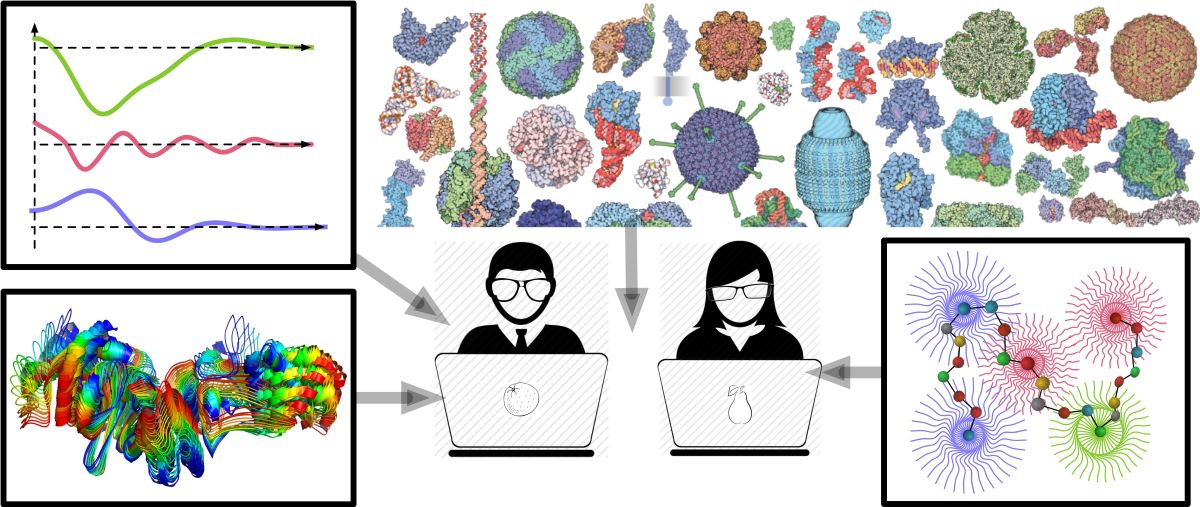Speaker
Description
Cryogenic electron microscopy (cryo-EM) stands out as a widely utilized technique for elucidating the structures of macromolecular proteins. This method involves capturing projections of protein specimens embedded in thin, amorphous ice, preserving them within the vacuum of an electron microscope. The resulting structure emerges from the averaging of thousands of particle images, revealing only the structurally stable segments of protein complexes, while more flexible regions appear blurred.
Efforts have been undertaken to recover the structure of these flexible regions and characterize their inherent flexibility. In this context, I will discuss such approaches and their associated challenges using the transcription co-activator complex SAGA as a case study. SAGA, or Spt-Ada-Gcn5-acetyltransferase, constitutes a 19-subunit complex that stimulates transcription through two chromatin-modifying enzymatic modules. Additionally, it facilitates the initiation of the pre-initiation complex on DNA by delivering the TATA box binding protein (TBP), a crucial step in the expression of protein-encoding genes.
| Submitting to: | Integrative Computational Biology workshop |
|---|

